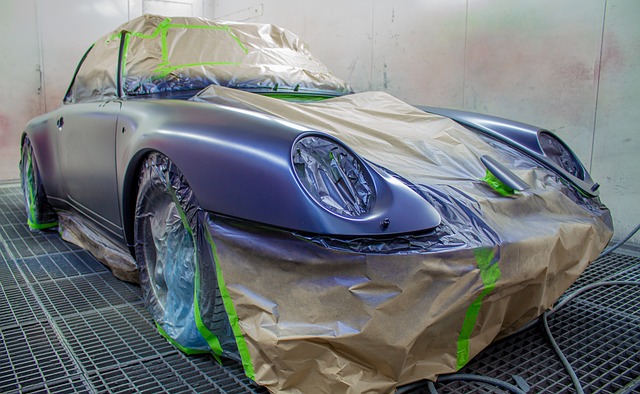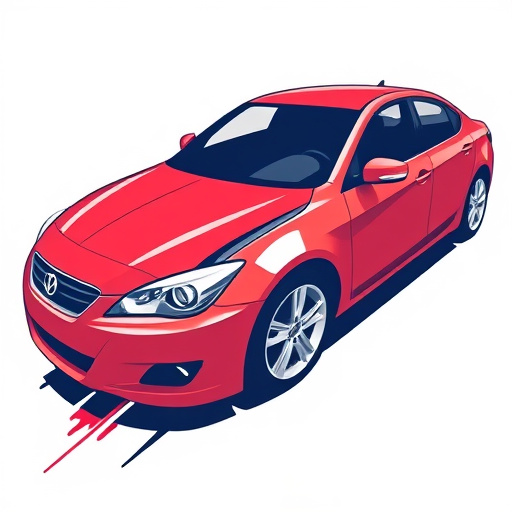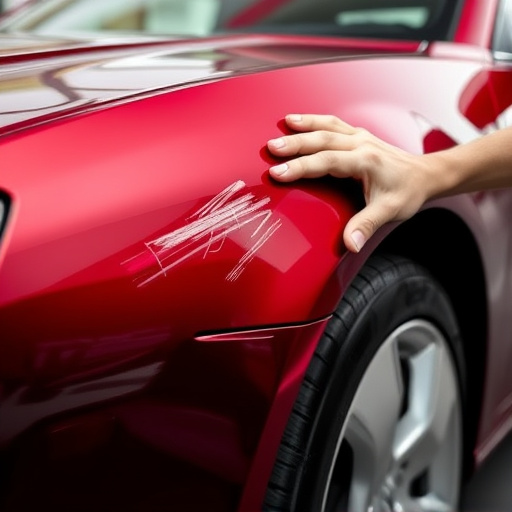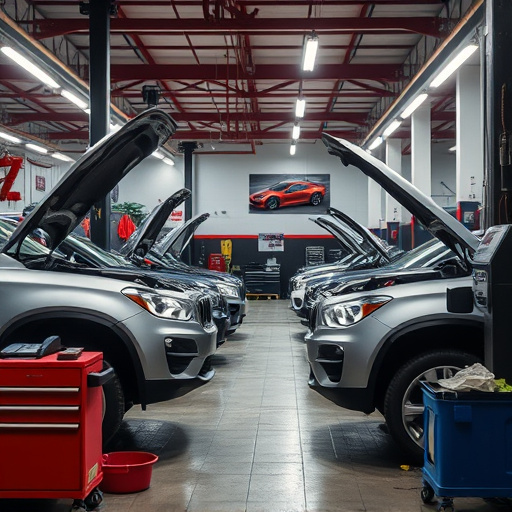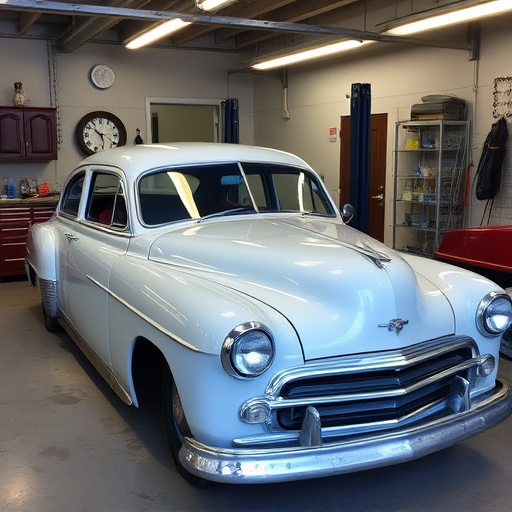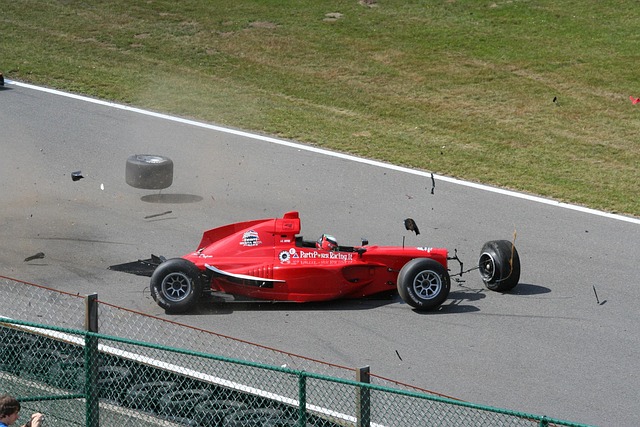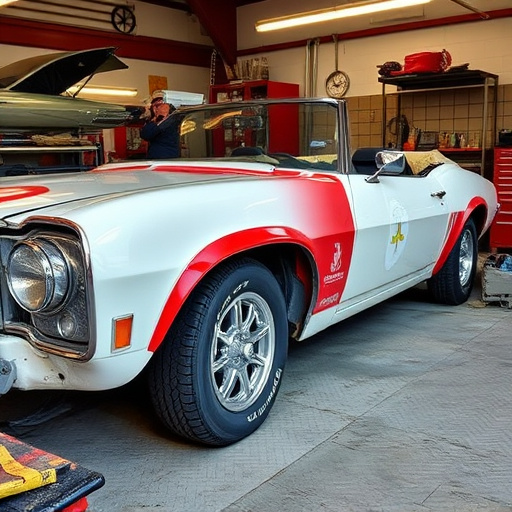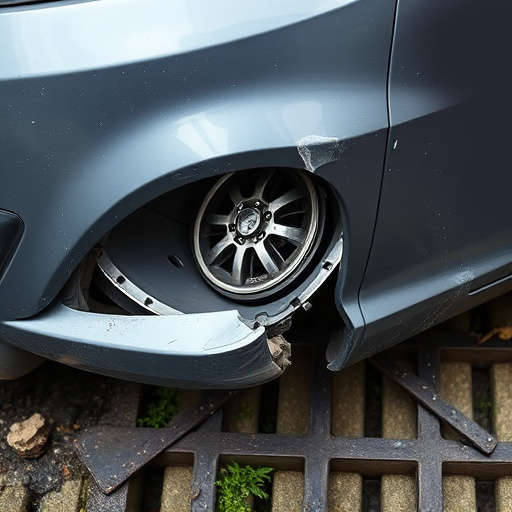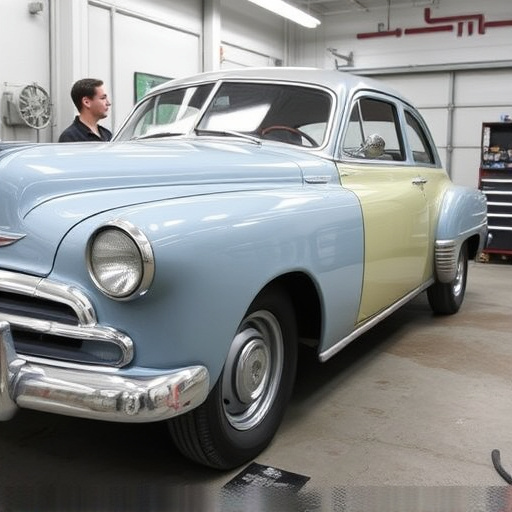Suspension repair after an accident is essential for vehicle safety and performance. Damage like bent control arms or broken springs should be assessed; minor issues may be repaired to save costs and promote sustainability, while severe structural damage requires replacement. Cost-effective solutions like straightening and remanufacturing parts or paintless dent repair can reduce expenses without compromising safety or value.
After a crash, the decision to repair or replace your vehicle’s suspension is crucial. Understanding suspension systems and common damage from accidents is the first step. This guide delves into evaluating repair vs. replacement, considering factors like cost, time, and safety. We provide cost-effective solutions for post-crash suspension repairs, helping you make an informed decision in today’s digital era.
- Understanding Suspension Systems and Common Damage After Accidents
- Evaluating Repair vs. Replacement: Factors to Consider
- Cost-Effective Solutions for Post-Crash Suspension Repairs
Understanding Suspension Systems and Common Damage After Accidents

Suspension systems are a crucial component of any vehicle, responsible for ensuring a smooth and controlled ride while also maintaining vehicle stability. These systems include various parts such as shock absorbers, springs, struts, and control arms, each playing a vital role in handling road conditions and preventing excessive body roll during turns. When a vehicle is involved in an accident, these suspension components are particularly susceptible to damage, often requiring immediate attention.
Common types of suspension damage after accidents include bent or broken control arms, compressed or fractured springs, damaged shock absorbers, and misaligned wheels. A car dent repair might be necessary for any visible dents or creases caused by the impact. Collision repair services can address these issues, offering a range of auto body services to restore your vehicle’s safety and handling capabilities. Proper suspension repair after an accident is essential to prevent further damage, ensure optimal performance, and maintain the overall integrity of your vehicle.
Evaluating Repair vs. Replacement: Factors to Consider

When faced with the decision to repair or replace a suspension after an accident, several key factors come into play. One of the primary considerations is the extent of damage to the suspension components. If the damage is minor, such as a bent strut or control arm, repairs might be a more economical and environmentally friendly option. Suspension repair after an accident can significantly extend the life of your vehicle, preserving its value and reducing waste by avoiding unnecessary replacement parts.
However, if the damage is severe, involving multiple components or critical structural elements, replacement may be the safer choice. A thorough inspection at a reputable auto repair shop can help determine whether a car body restoration, such as paintless dent repair, would be sufficient to restore your vehicle to its pre-accident condition or if it’s more practical and cost-effective to replace major suspension parts entirely.
Cost-Effective Solutions for Post-Crash Suspension Repairs
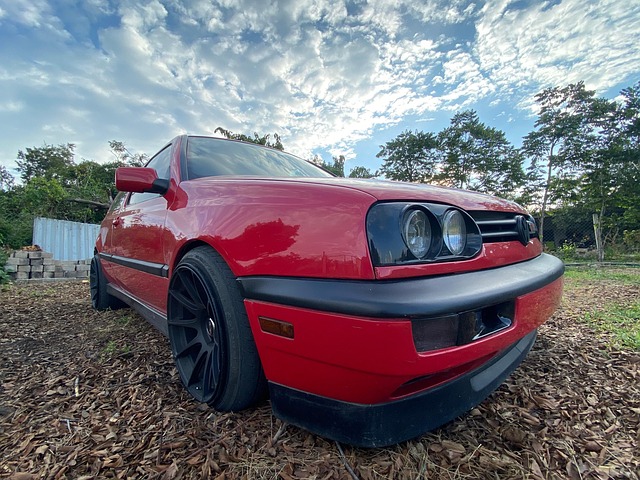
When considering suspension repairs after an accident, cost-effectiveness should be a primary concern. While replacing the entire suspension system might seem like the obvious choice for severe crashes, it’s often more economical to repair damaged components. Skilled mechanics can expertly assess and fix broken parts, saving you significant costs. For instance, steel control arms or struts can typically be straightened and remanufactured, ensuring they meet safety standards without incurring the expense of brand new replacements.
Additionally, focusing on individual car paint repair and auto bodywork restoration for damaged areas can significantly reduce overall expenses. Instead of a complete overhaul, targeted repairs to fenders, panels, or even chassis components can restore your vehicle’s structural integrity and aesthetic appeal. This tailored approach not only conserves resources but also ensures your car returns to its pre-accident condition, balancing safety and affordability.
When deciding between repair or replacement after a car crash, thoroughly evaluating the damage to your suspension system is key. Understanding that various factors—cost, time, and safety—play a role in this decision is essential for making an informed choice. By considering both the financial implications and the potential long-term effects on vehicle performance, you can opt for either a cost-effective repair or a complete replacement, ensuring your peace of mind on the road ahead.
